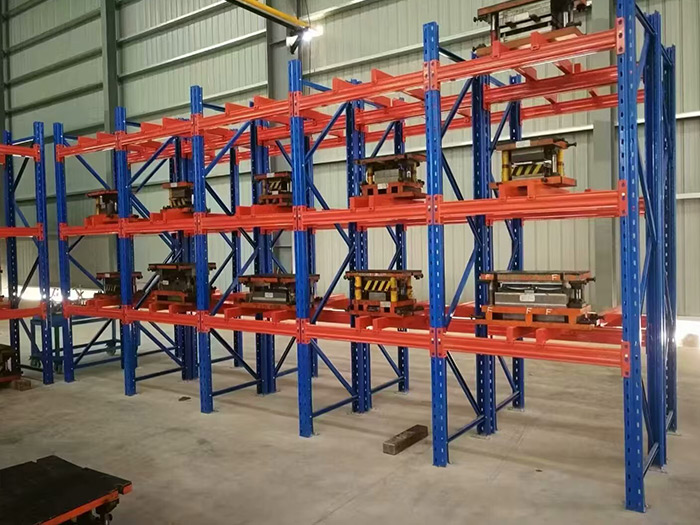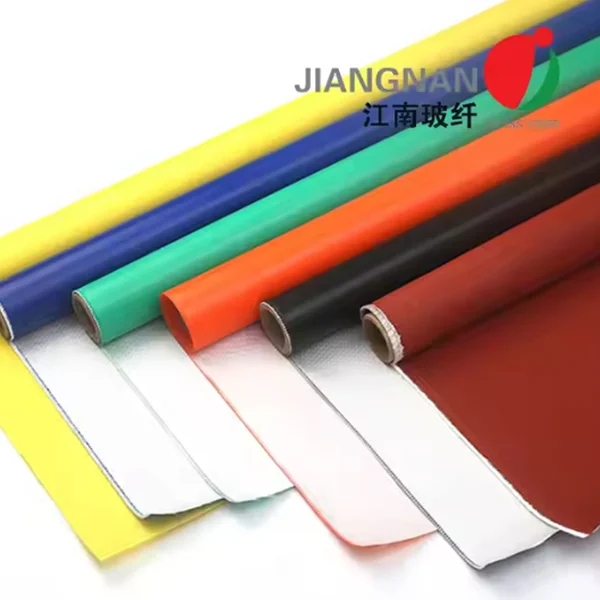Metal wall panels have become a popular choice in modern construction due to their durability, aesthetic appeal, and energy efficiency. However, the installation process can be complex and requires a thorough understanding of the materials and techniques involved. In this article, we will delve into the intricacies of installing metal wall panels, providing a detailed, step-by-step guide that caters to both seasoned professionals and those new to the field.
Understanding Metal Wall Panels
Before diving into the installation process, it’s essential to understand the types of metal wall panels available. They generally fall into two categories: single-skin panels and insulated panels. Single-skin panels are typically used for non-insulated applications, while insulated panels provide thermal resistance, making them ideal for energy-efficient buildings.
Preparation: The Key to Successful Installation
- Site Assessment
Before installation begins, conduct a thorough site assessment. Evaluate the structural integrity of the building, ensuring that it can support the weight of the metal panels. Check for any existing damage or irregularities in the wall surface that may affect the installation.
- Material Selection
Choose the appropriate type of metal wall panel based on the building's requirements. Consider factors such as climate, aesthetic preferences, and insulation needs. Common materials include aluminum, steel, and zinc, each offering unique benefits.
- Tools and Equipment
Gather the necessary tools and equipment for the installation process. Essential tools include:
- Power drill
- Screwdriver
- Level
- Measuring tape
- Metal snips
- Safety gear (gloves, goggles, hard hats)
Step-by-Step Installation Process
- Preparing the Wall Surface
Ensure the wall surface is clean, dry, and free of debris. If necessary, repair any imperfections to create a smooth base for the panels. This step is crucial for achieving a secure and aesthetically pleasing installation.
- Installing the Furring Strips
Furring strips provide a framework for attaching the metal panels. Install vertical furring strips at regular intervals, typically 16 to 24 inches apart, depending on the panel specifications. Use a level to ensure they are straight and secure them to the wall using appropriate fasteners.
- Installing the First Panel
Begin the installation at one corner of the wall. Align the first metal panel with the furring strips, ensuring it is level. Secure the panel using screws, placing them at the recommended intervals specified by the manufacturer. It’s crucial to avoid over-tightening, which can cause panel deformation.
- Continuing the Installation
Continue installing subsequent panels, overlapping them as per the design specifications. Ensure that each panel is aligned correctly and securely fastened to the furring strips. Utilize a rubber mallet to gently tap the panels into place if necessary.
- Sealing and Weatherproofing
Once all panels are installed, apply sealant to the seams and joints to prevent water infiltration. This step is vital for maintaining the integrity of the building and enhancing energy efficiency.
- Final Inspection
Conduct a thorough inspection of the installation. Check for any loose panels, misalignments, or gaps that may need addressing. Ensure that all fasteners are secure and that the panels are properly sealed.
Maintenance Tips for Longevity
To ensure the longevity of metal wall panels, regular maintenance is essential. Here are some tips:
- Routine Inspections: Regularly check for signs of wear, rust, or damage.
- Cleaning: Clean the panels with a mild detergent and water to remove dirt and debris.
- Touch-Up Paint: If the panels are painted, consider touch-up painting to maintain their appearance and protect against corrosion.
Conclusion
Installing metal wall panels requires careful planning, precise execution, and ongoing maintenance. By following the steps outlined in this guide, professionals can ensure a successful installation that enhances the building's aesthetic and functional qualities. As the demand for durable and energy-efficient construction materials continues to grow, mastering the art of metal wall panel installation will be a valuable skill in the construction industry.



